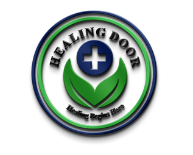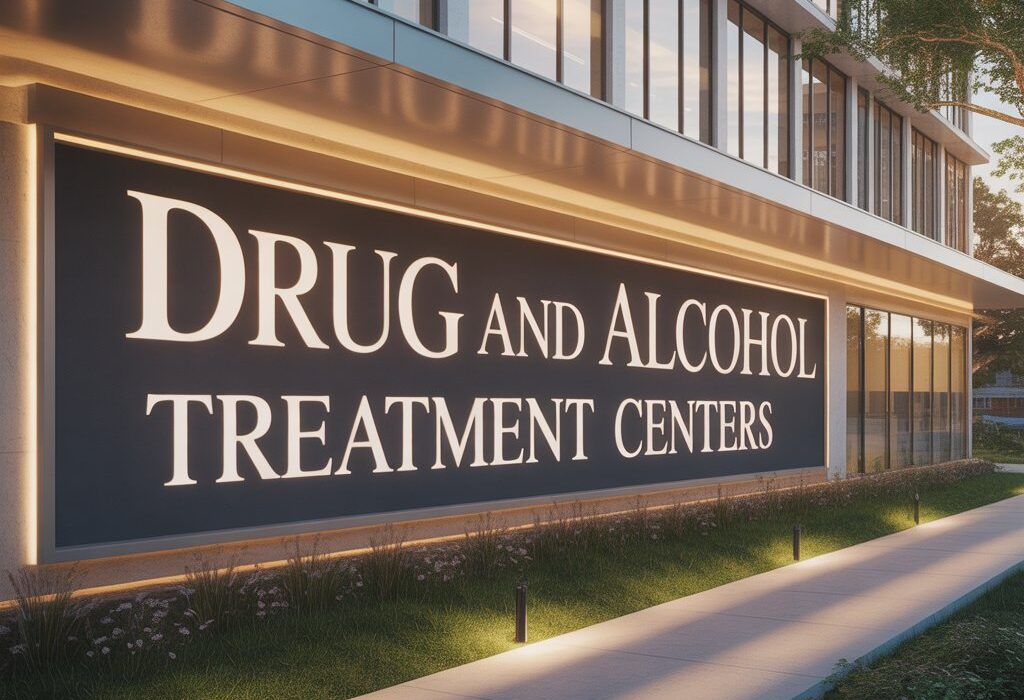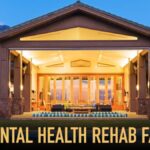Drug and Alcohol Treatment Centers Guide to Healing:
The journey through addiction is often described as a solitary one—a path shrouded in shadows, isolation, and pain. Yet, the journey out of it, toward recovery, does not have to be. The decision to seek help is a profound act of courage, a declaration that a different, brighter future is possible. For many, this journey begins by stepping through the doors of professional drug and alcohol treatment centers. These facilities are far more than just buildings; they are sanctuaries of hope, designed to provide the medical care, therapeutic support, and compassionate community necessary to rebuild a life from the ground up.
At Healing Door Rehab, we understand the weight of this decision. The term “rehab” can feel intimidating, shrouded in uncertainty. What truly happens inside? How does it work? This guide aims to demystify the process, illuminating the comprehensive, multi-faceted approach that defines modern, effective treatment. Our goal is to show you that seeking help at one of the dedicated drug and alcohol treatment centers is not a sign of weakness, but the first, brave step toward reclaiming your autonomy, your health, and your future.
Understanding the Need for Specialized Care:
Addiction is a complex and chronic disease that affects both brain function and behavior. It is not a moral failing or a simple lack of willpower. Substance use disorders hijack the brain’s reward system, creating powerful compulsions that overwhelm the ability to resist, despite devastating consequences. This is why “just quitting” is rarely successful or safe on one’s own.
Professional drug and alcohol treatment centers exist to address this complexity. They provide a structured, safe environment where individuals can physically detoxify their bodies, psychologically unpack the root causes of their addiction, and socially learn new, healthy ways of living without the constant trigger of their former environment. This immersive level of care is crucial for breaking the cyclical patterns of addiction and laying a new, stable foundation for long-term sobriety.
The Pillars of Effective Treatment: A Multi-Phase Approach

The most successful drug and alcohol treatment centers do not rely on a single method. Instead, they offer an integrated, phased approach that treats the whole person—mind, body, and spirit. Recovery is a process, and each phase builds upon the last to create sustainable change.
Phase 1: Medical Detoxification – A Safe and Dignified Start:
The journey typically begins with medical detoxification. For many substances, including alcohol, benzodiazepines, and opioids, abruptly stopping use can lead to severe and potentially life-threatening withdrawal symptoms. Attempting this alone can be dangerous and often leads to relapse due to the extreme discomfort.
In a professional setting, medical detox provides:
- 24/7 Medical Supervision: A team of doctors and nurses monitors vital signs and manages symptoms around the clock, ensuring safety and stability.
- Medication-Assisted Treatment (MAT): FDA-approved medications may be used to alleviate withdrawal symptoms, reduce cravings, and normalize body functions. This is not about substituting one drug for another, but about using medicine as a tool to ease the transition and make the process more humane.
- Nutritional and Hydration Support: The body is often depleted of essential nutrients. Intravenous fluids and balanced meals help restore physical health from day one.
Detox is not treatment in itself, but it is the critical first step that clears the path for the therapeutic work to come. It provides a safe, dignified, and comfortable beginning to the recovery journey.
Phase 2: Core Therapeutic Intervention – Healing the Root Causes
Once the body is stabilized, the deep, transformative work of therapy begins. This is the heart of the recovery process, where individuals learn to understand their addiction and develop the tools to overcome it. A robust clinical program will include a blend of the following:
- Individual Therapy: In one-on-one sessions with a trained therapist, clients can explore the underlying issues that contribute to their addiction, such as trauma, co-occurring mental health disorders (like depression or anxiety), grief, or chronic stress. Modalities like Cognitive Behavioral Therapy (CBT) and Dialectical Behavior Therapy (DBT) are highly effective in helping individuals identify and change destructive thought patterns and behaviors.
- Group Therapy: This powerful modality breaks the isolation of addiction. In a group setting, facilitated by a therapist, individuals share experiences, provide mutual support, and hold each other accountable. It is here that they often realize they are not alone, building a new, positive peer network that is essential for recovery.
Frequently Asked Questions (FAQs)
1. What’s the difference between “detox” and actual “treatment”?
Medical detoxification is the essential first step that focuses solely on safely managing the acute physical symptoms of withdrawal, allowing substances to leave the body under 24/7 medical supervision. However, detox alone is not treatment. True rehabilitation begins after detox with core therapeutic interventions that address the underlying psychological, behavioral, and social root causes of addiction, which is necessary for long-term recovery.
2. I’ve tried to quit on my own before and failed. How is a treatment center different?
Addiction is a chronic disease that alters brain chemistry and function, making willpower alone an insufficient tool for most people. Drug and alcohol treatment centers provide a structured, trigger-free environment and a multi-faceted toolkit that you don’t have access to on your own. This includes medical support, evidence-based therapy, a supportive community, and holistic practices that work together to rewire habits and build a sustainable sober lifestyle.
3. Will I be put on other addictive medications during drug and alcohol treatment?
This is a common and important concern. The use of Medication-Assisted Treatment (MAT) in a professional setting is strictly monitored and evidence-based. It is not about substituting one addiction for another. FDA-approved medications are used strategically to alleviate severe withdrawal symptoms, reduce dangerous cravings, and stabilize brain chemistry, making the process safer and providing a stable foundation for you to engage in therapeutic work.
4. How does family involvement work in the recovery process?
At Healing Door Rehab, we view addiction as a family disease that impacts everyone. We offer family therapy sessions to help repair broken trust, improve communication, and educate your loved ones about the nature of addiction. Involving the family is crucial for building a healthy, understanding, and supportive home environment, which significantly increases the chances of successful long-term recovery after you complete the program.
5. What happens after I leave the treatment center to prevent relapse?
A comprehensive aftercare plan is a critical part of our program, developed with you before you graduate. Your personalized Relapse Prevention Plan will include strategies for managing triggers, techniques for coping with cravings, a schedule for ongoing outpatient therapy or support group meetings (like AA/NA), and other resources. We ensure you do not leave without a clear, practical roadmap for maintaining your sobriety and confidence in the real world.


